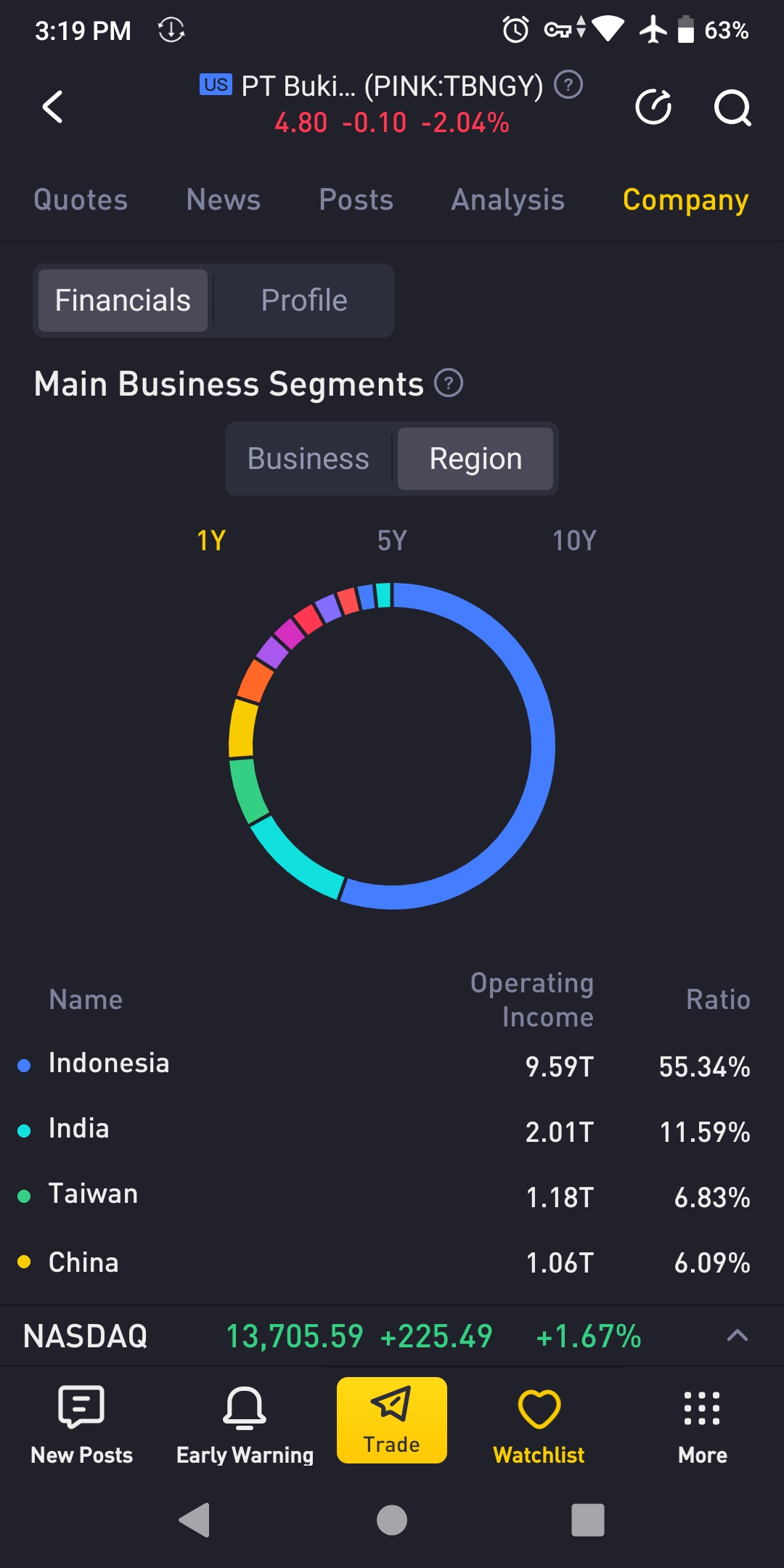
Dsd
No personal profile
555Follow
11Followers
0Topic
0Badge
...
Sorry, the original content has been removed
...
The 7 Best Tech Stocks to Buy in November
...
VOO: Fresh Lows Could Be Ahead
.....
Sorry, the original content has been removed
....
3 Tech Stocks You Can Count on in This Uncertain Market
...
Munger Says Crypto Is Rife With Fraud and Delusion and Praises Tesla's Success a "Minor Miracle"
....
SPY: Bear Market Rally Or A Major Bottom?
....
Sorry, the original content has been removed
...
The 2022 Bear Market Cycle May Be Far From Over
....
Rates And The Dollar Are Sending Warning Signs To Markets
...
Fed Meeting to Focus on Interest Rates’ Coming Path
...
September CPI Rises More Than Expected; Core CPI Rises to 40-Year High
....
Is Now the Time to Go All-In on the Stock Market?
...
2 Growth Stocks That Could Soar 133% to 226% From Their 52-Week Lows, According to Wall Street
...
Sorry, the original content has been removed
...
Berkshire Hathaway Scales Back Share Repurchases to $1.0B, Operating Earnings Gain
...
Jobs Blowout Means More Pressure for Fed
....
These 3 Unique Stocks Have Undeniable Long-Term Upside
...
Pre-Bell|Stock Futures Fall; Chegg Plummet 39.2%
Go to Tiger App to see more news